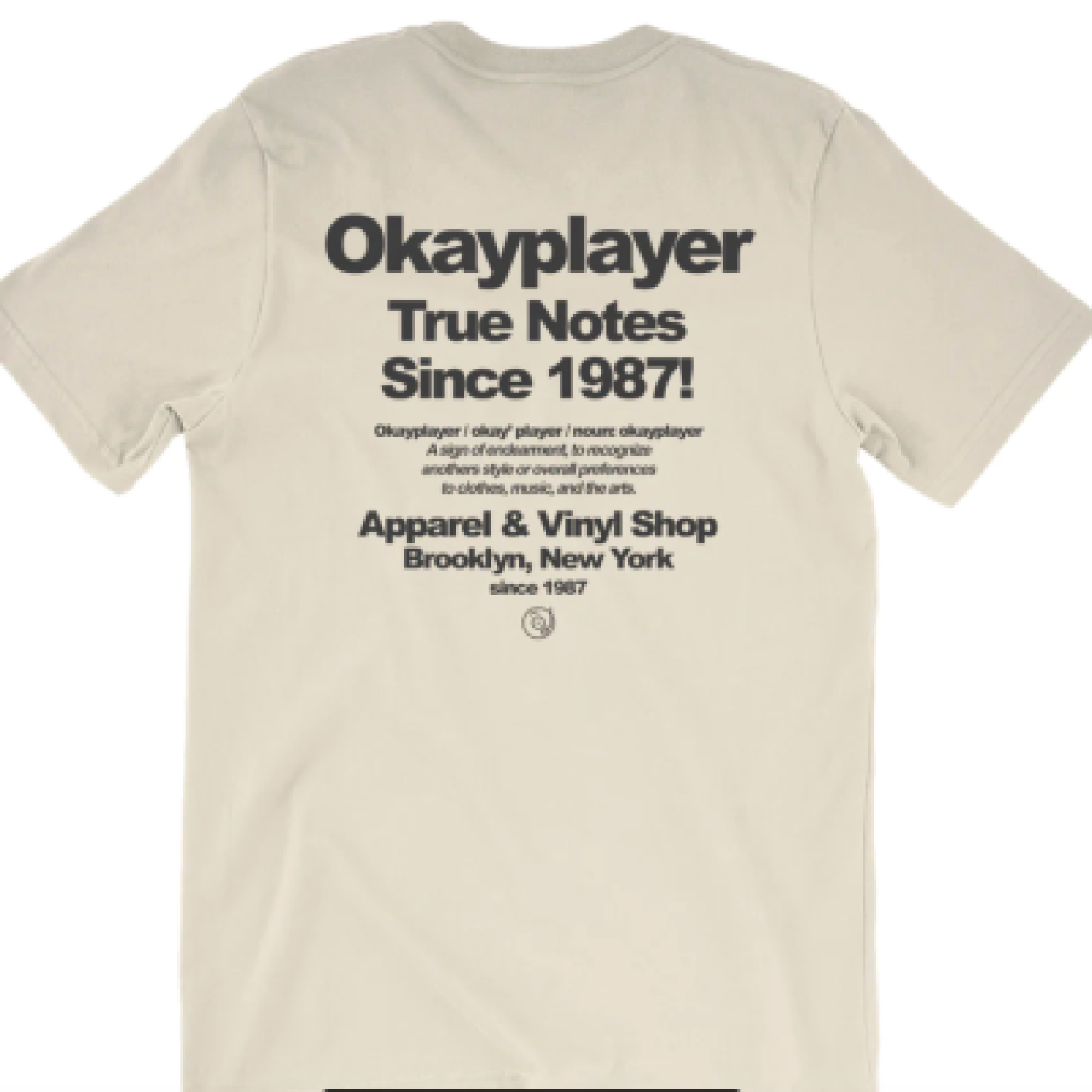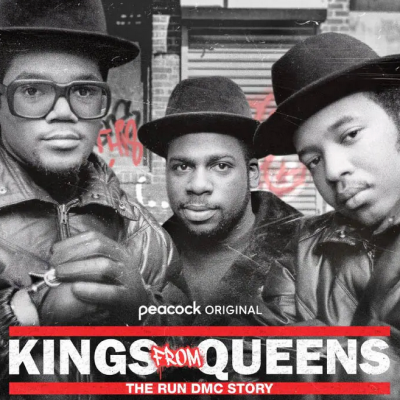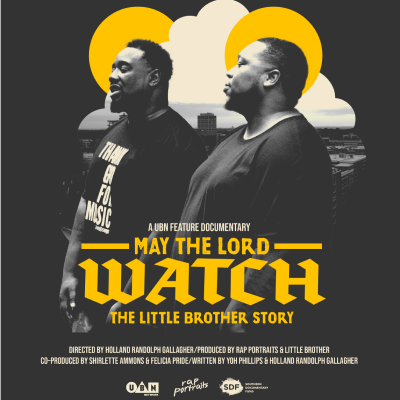On September 29, Okayplayer.com’s editorial staff revealed on social media that they had been laid off without warning. (Full disclosure: I wrote a story for Okayplayer earlier this year.) The ensuing dialogue around their collective dismissal led to fears that Okayplayer was “dead,” so to speak; or that it may turn into a “zombie site” — to borrow a phrase from journalist Jeff Weiss — that only posts AI-generated content and the occasional advertiser-friendly article. Then, on October 4, the site’s owners posted a statement from Okaymedia CEO Isha Sesay on Twitter/X. “For many years Okayplayer has been a mainstay for lovers of black culture,” Sesay wrote. “So it is with tremendous sadness that the growing challenges within the digital media space and the ways in which content is being consumed today have brought us to the point of having to say goodbye to some of our friends and colleagues.” That same day, its social media accounts began posting banal fodder about sundry pop events. Last week brought a handful of new articles, including an essay on Hayao Miyazaki’s The Boy and the Heron and an interview with Anthony Hamilton. (Those pieces may have been edited before the September 29 layoffs.) The intrigue surrounding Okayplayer comes amid a dearth of sites that cover hip-hop with journalistic integrity. Many of its onetime peers are either shells of their former selves (allhiphop.com), focused on rap drama (hiphopdx.com), and/or overly solicitous of celebrities (vibe.com). Meanwhile, young fans seem content with following ad hoc accounts that traffic in sensationalism or waiting for a mainstream outlet like pitchfork.com or the New York Times to take notice of new trends. Okayplayer has had its ups-and-downs since Questlove originally formed the company in 1999 to spotlight the Roots’ adventures and his “Soulquarians” friends like Mos Def, Common, and Erykah Badu. However, recent years also brought increasing acclaim from readers as the editorial staff generated sharply written essays, interviews, and news items. Okaymedia wouldn’t be the first music media company to jettison staff for cheaper talent: the Fader, for example, is notorious for periodically downsizing its bylines. Meanwhile, Okaymedia figurehead Questlove has yet to comment on the matter, even as he promotes his various projects. His silence speaks worrying volumes.
Humthrush.com will always be free to read and enjoy. If you like my work, leave a tip at Ko-fi.com/humthrush.


